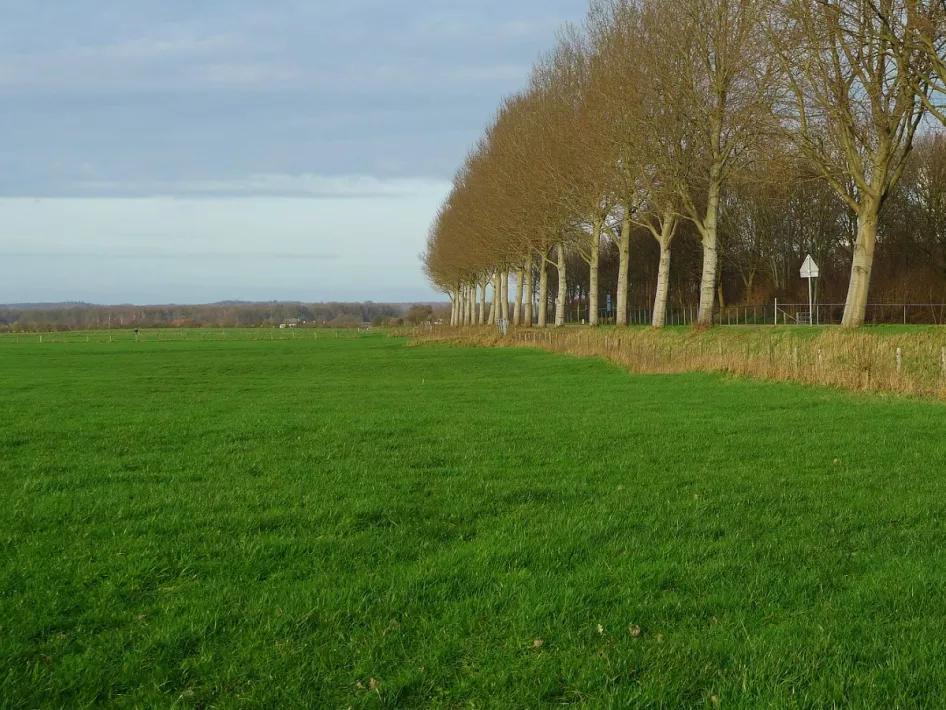Transit Camp
In February and March 1945, British engineer troops built the longest Bailey bridge of World War II between Oeffelt and Gennep. Churchill and Montgomery personally came to see the over one kilometer-long bank connection. Meanwhile, work was being done on the construction of an emergency rail bridge on the pillars of the blown-up rail bridge in September 1944. Both bridges were of great importance for the transportation of troops and supplies during the fighting in Germany.
In April 1945, a large military camp called the Maaskemp arose on the outskirts of the town of Gennep. It served as a transit camp for soldiers going to or returning from the front in Germany. The camp had a village-like appearance and consisted mainly of tents where food was eaten, sleep and medical care was provided. There were also plenty of recreational opportunities, such as church services and theatrical and dance parties. The camp remained in use until October 1945. Nowadays, only traces in the ground can be found of this remarkable period.
Ommetje Hiking Trail
Ommetje Gennep 9,2 Km Hiking Trail Limburg. Discover the WWII sights of Gennep and Limburg during a hiking trail that takes you past landmarks such as the Martinus Tower, Ellen Hoffmann Square, and the Highlander Bridge.

